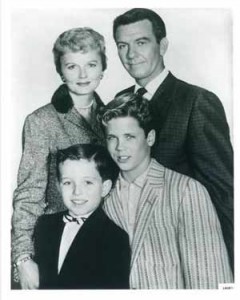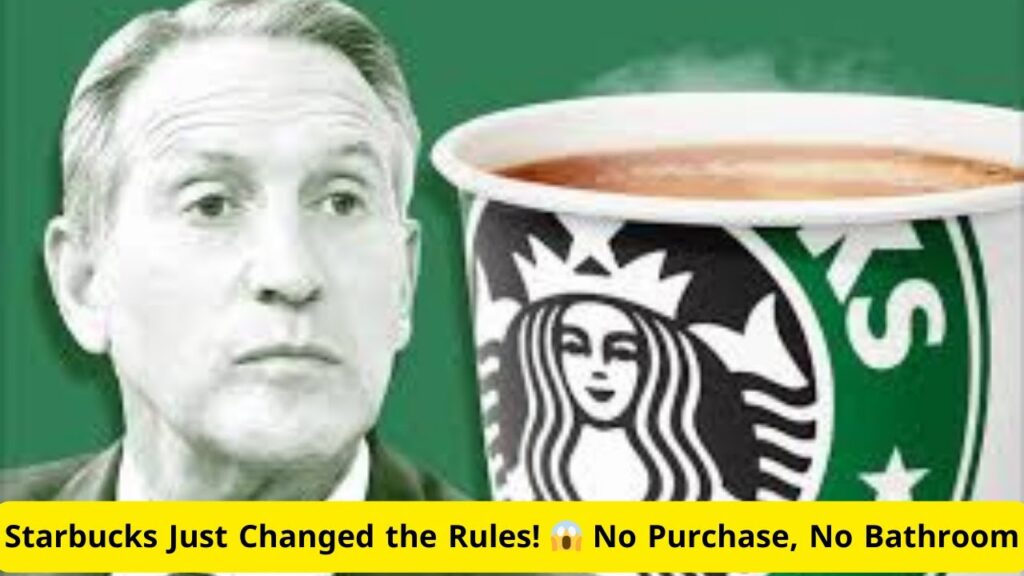
Way back in time, before cable TV, DVR’s, VCR’s, the Web and mobile phones, media planning was a much simpler task. So was the casting of television commercials.
I worked on the General Mills business for the excellent Campbell-Mithun agency in the mid-1980’s, where I used to joke to the client and our creative teams, “How about we put a Jewish kid in that granola bar commercial?” A joke because their spots nearly always featured a fair haired, nuclear, suburban family of four, up early, showered, casually but neatly dressed, smiling, laughing, lovingly engaged in fun activities like washing the family car before mom calls them in for a delicious and nutritious bowl of Cheerios.
I never got this. That wasn’t how any family I knew behaved. Though far from most people’s reality, I suppose it was still considered aspirational by much of America.
The fact that I wasn’t entirely joking at the time will come as no surprise. Yes, we were in the Midwest, in a city where the population was overwhelmingly white and even blonde. But weren’t we supposed to be reflecting our target, the huge mainstream of diverse Americans who bought cereal, granola bars and Betty Crocker cake mixes? Is this what they really looked like? Were people really that cheerful in the morning?
A few years earlier I was lucky to have worked with the groundbreaking Burrell Agency out of Chicago when I was a Brand Manager with Brown-Forman. Burrell had won award after award for their great work on the behalf of iconic brands such as Coca-Cola and McDonalds, all targeted specifically to the African-American market.
I had discovered, through poring over research data, what all of our salesmen out in the field knew full well. At least half of the consumption of Old Forester Bourbon, the founding product of Louisville’s Brown-Forman, formulated by George Garvin Brown himself, was accounted for by black people.
Top management, especially fifth generation of the Brown family who were still firmly in control of the company, were accepting of this, and for the most part, progressive in their attitudes. They endorsed our recommendation to hire Burrell to appeal to this important target market. Burrell was already on our agency roster, working on Canadian Mist, the company’s bestseller, but a brand with far fewer emotional attachments than Old Forester. It was tough for many in the company to accept that the flagship brand was no longer the sipping whisky of the white elite.
In one presentation to top management, when discussing the media tactic bus placards in Chicago with African-American targeted creative content, one executive asked, “What if that bus goes through a white neighborhood?”
It was a shock to many at the time that commercials like Burrell’s legendary “Double Dutch” spot for McDonald’s was not only effective with its core target, but could successfully cross over to appeal to white people as well. The way media was purchased and commercials cast had started to change.
Incredibly, this wasn’t that long ago, and we should be thankful, from both business and social perspectives, to see more diversity and acceptance in today’s advertising.
Of course, the one major exception is how the American male of all races has “progressed” in media. He is nearly always portrayed as a buffoon, playing the inept, un-cool, bumbling fool to his smug wife and kids.
Still, much of this progress seems contrived and self-conscious to me. In all those buddy commercials for beer or casual dining restaurants – whether they are all male, all female or mixed gender – why does it seem that minorities always seem to be represented in direct proportion to their percentage in the overall population? Five white guys and a black dude at the bar guzzling Bud Lights together? I don’t think so. And do we ever see five black guys and one white dude out together for a night on the town?
It was Sarah Palin and the Tea-Baggers that got me thinking about all this. I’ll control myself here. But there is no denying, as Frank Rich said in his New York Times column yesterday, that health care reform is the red herring here. The real anxiety, according to Rich, is “the conjunction of a black president and a female speaker of the House — topped off by a wise Latina on the Supreme Court and a powerful gay Congressional committee chairman — (which are sowing) fears of disenfranchisement among a dwindling and threatened minority in the country no matter what policies (are) in play.”
How difficult is it to divine Palin’s true meaning when she works the crowd into a frenzy by telling the President and the Speaker, “You’re fired!” We “real Americans” want our country back?”
In 2012, just two years from now, non-Hispanic white births will be the minority in this country. Asians are now the plurality at the two prominent Universities of California, Berkeley and UCLA. There are a lot of people speaking Spanish, not only where I live in L.A., not just in Miami, not just New York, but in Chicago and many other cities across the country.
It’s high time we move away from formulaic casting and try to better reflect the world as it is. Some feel that we in the communications have an imperative to play our part in ending discrimination and having our targets aspire to a more open-minded, accepting society.
I would agree, but more importantly, we ignore the real world and the real people in it who buy our products and services at our own economic peril.



